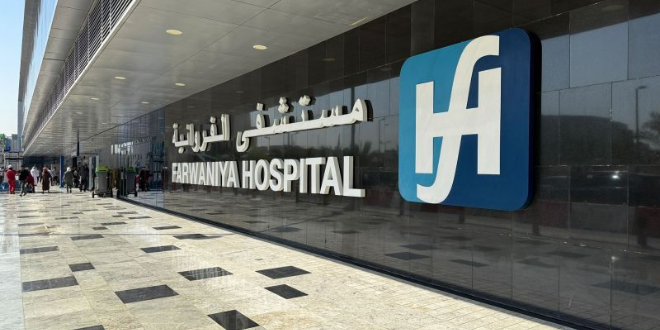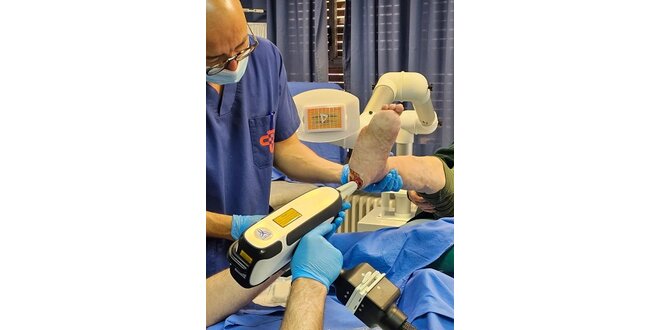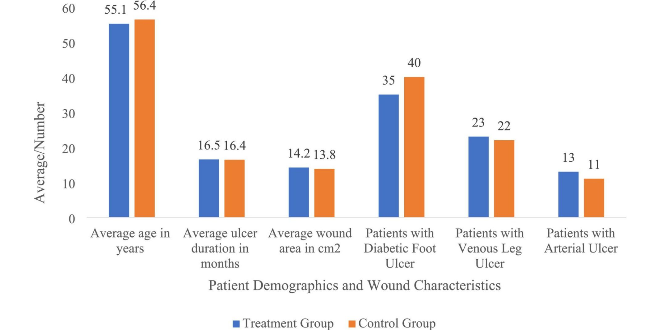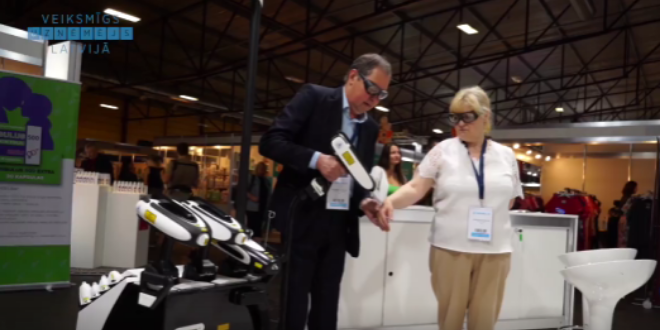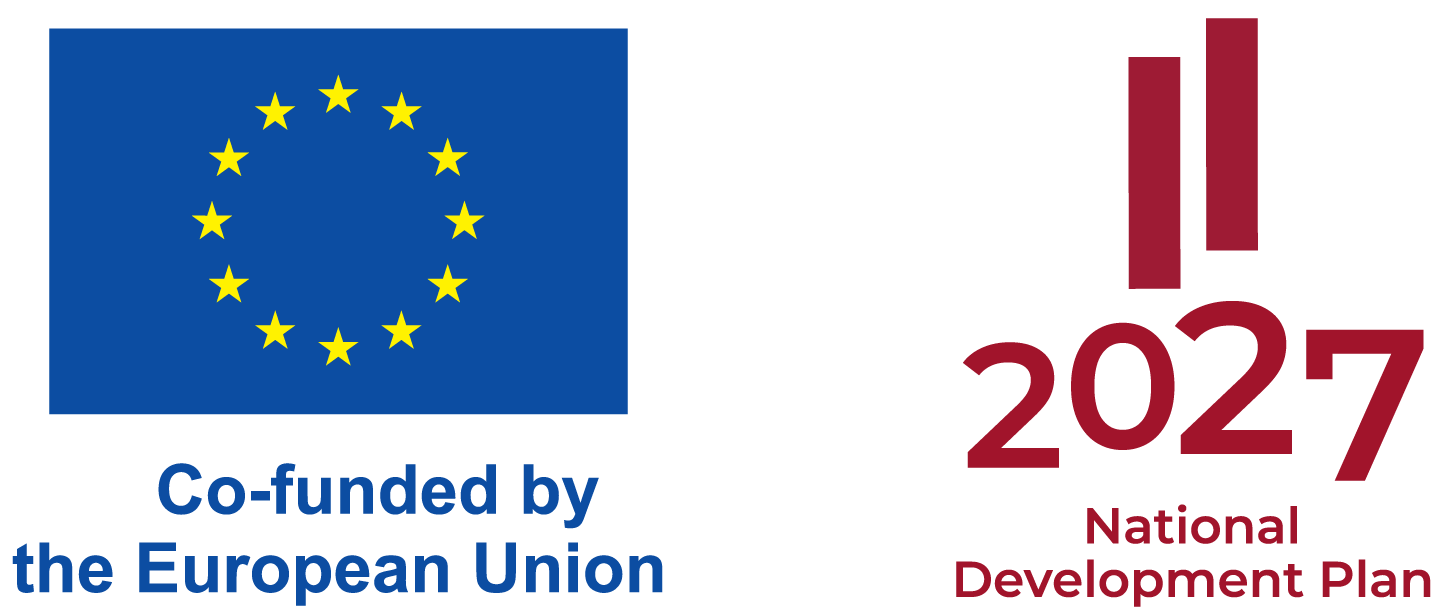Frostbite Treatment
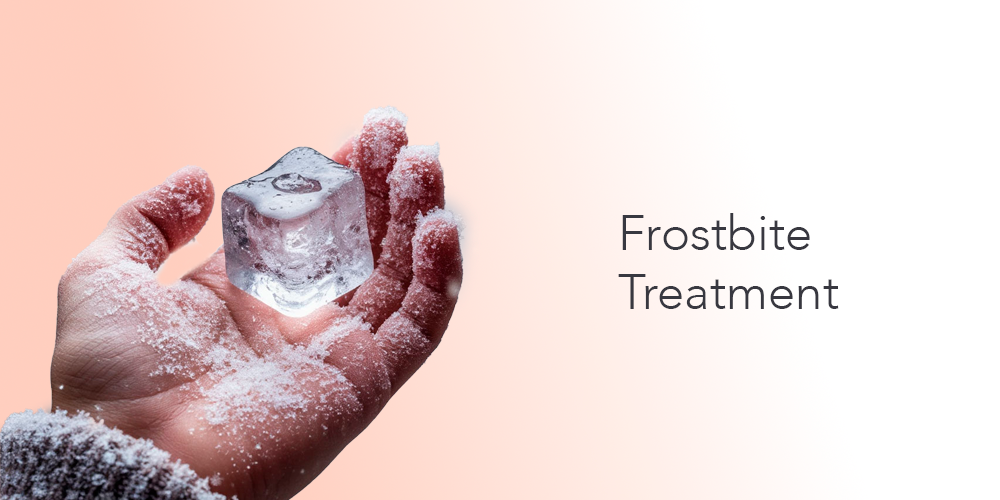
Frostbite is more than “frozen skin.” Ice-crystal injury and post-rewarming microvascular collapse trigger progressive necrosis, infection risk, and scarring—especially in deep (grade III–IV) cases. LINLINE’s RecoSMA® offers a non-thermal, regenerative option to help salvage tissue, restore microcirculation, and shorten the road to closure after the acute phase, delivered on the MULTILINE™ platform. In select wounds with necrotic slough, we combine it with Er:YAG ablative sanitation for precise, cool debridement.
Why this method works for cold injury
- Non-thermal deep stimulation. RecoSMA® creates microscopic surface events that launch acoustic waves into tissue (measured action depth up to ~6 mm) to promote neovascularization, functional tissue replacement, and remodeling—without bulk heating of already ischemic skin. Patients often feel warmth as blood flow rises, while the skin remains near 36.6 °C.
- Clinical signal in severe frostbite. Documented case: grade IV frostbite scheduled for amputation—recovery achieved after 12 RecoSMA® sessions, with photos one month later showing soft-tissue restoration (“new capillaries, new soft tissues, no scar tissue”). While individual results vary, this illustrates the limb-sparing potential in appropriately selected patients.
- Clean bed when needed (optional Er:YAG). For contaminated or demarcated necrotic areas, Er:YAG 2.94 µm provides layer-controlled “ablative sanitation” (≤ ~100 µm per pass) that removes slough, biofilm, and detritus without deep thermal injury, using “blood-dew” as a safe endpoint. This creates an ideal bed for RecoSMA®-driven regeneration.
When we treat (timing & triage)
- Acute rescue comes first: rapid rewarming, vascular assessment, thrombolysis/anticoagulation where indicated, infection control, and compartment monitoring are medical priorities. RecoSMA® is introduced after stabilization and as demarcation evolves, to improve perfusion and support tissue salvage and closure.
- Chronic/non-healing sequelae: RecoSMA® helps reverse stiff, fibrotic edges, boosts granulation, and prevents excessive scarring, improving function and cosmesis.
What a session looks like
- (If required) Er:YAG sanitation — precise, cool debridement of non-viable tissue and biofilm until capillary “blood-dew” confirms a vital surface.
- RecoSMA® therapy — SMA pass across the wound and 2–3 cm around the margin to stimulate microcirculation and reparative regeneration. Sensation is a delayed “warming/tingling” as perfusion rises; reduce frequency (not energy) for comfort if needed.
Dressings & care: simple dry, sterile cover; protect from pressure/cold; integrate compression/off-loading or orthoses as indicated.
Benefits at a glance
For patients
- Higher chance of tissue salvage and earlier function in stabilized frostbite zones.
- Less scarring and stiffness thanks to regenerative (not purely fibrotic) healing.
- Short, predictable aftercare; often decreasing pain as perfusion returns.
For clinicians
- Reproducible workflow (sanitation → regeneration) with clear endpoints.
- Platform efficiency: both steps delivered on MULTILINE™; integrates with vascular medicine, infectious-disease, and reconstructive plans.
Key takeaway
Frostbite destroys tissue through ice injury and microvascular failure. By pairing Er:YAG ablative sanitation (when needed) with RecoSMA®’s non-thermal, deep regenerative stimulation, LINLINE provides a tissue-sparing pathway to salvage, close, and recover—even in difficult, demarcated frostbite wounds—while minimizing future scarring.





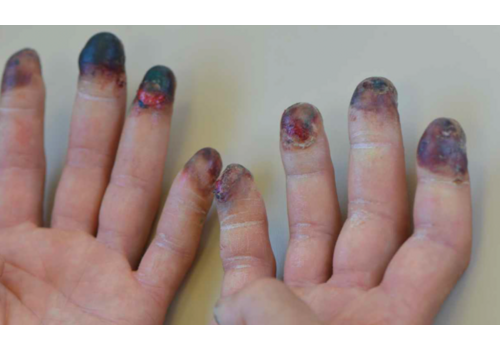
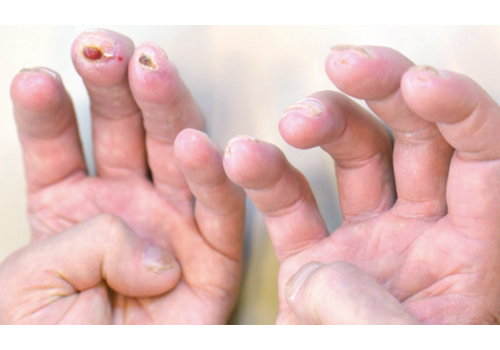
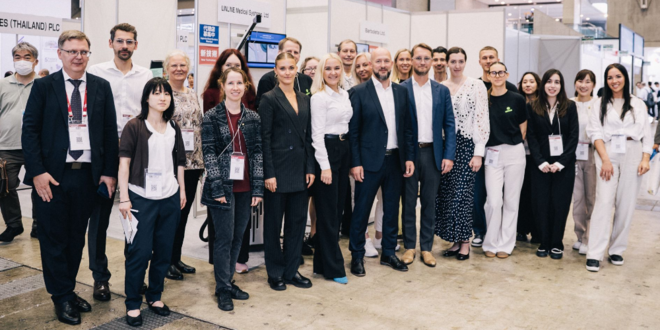
 06.10.2025
06.10.2025